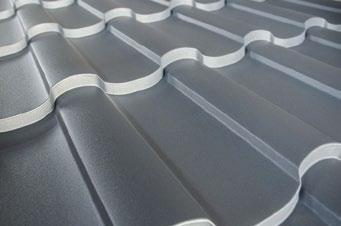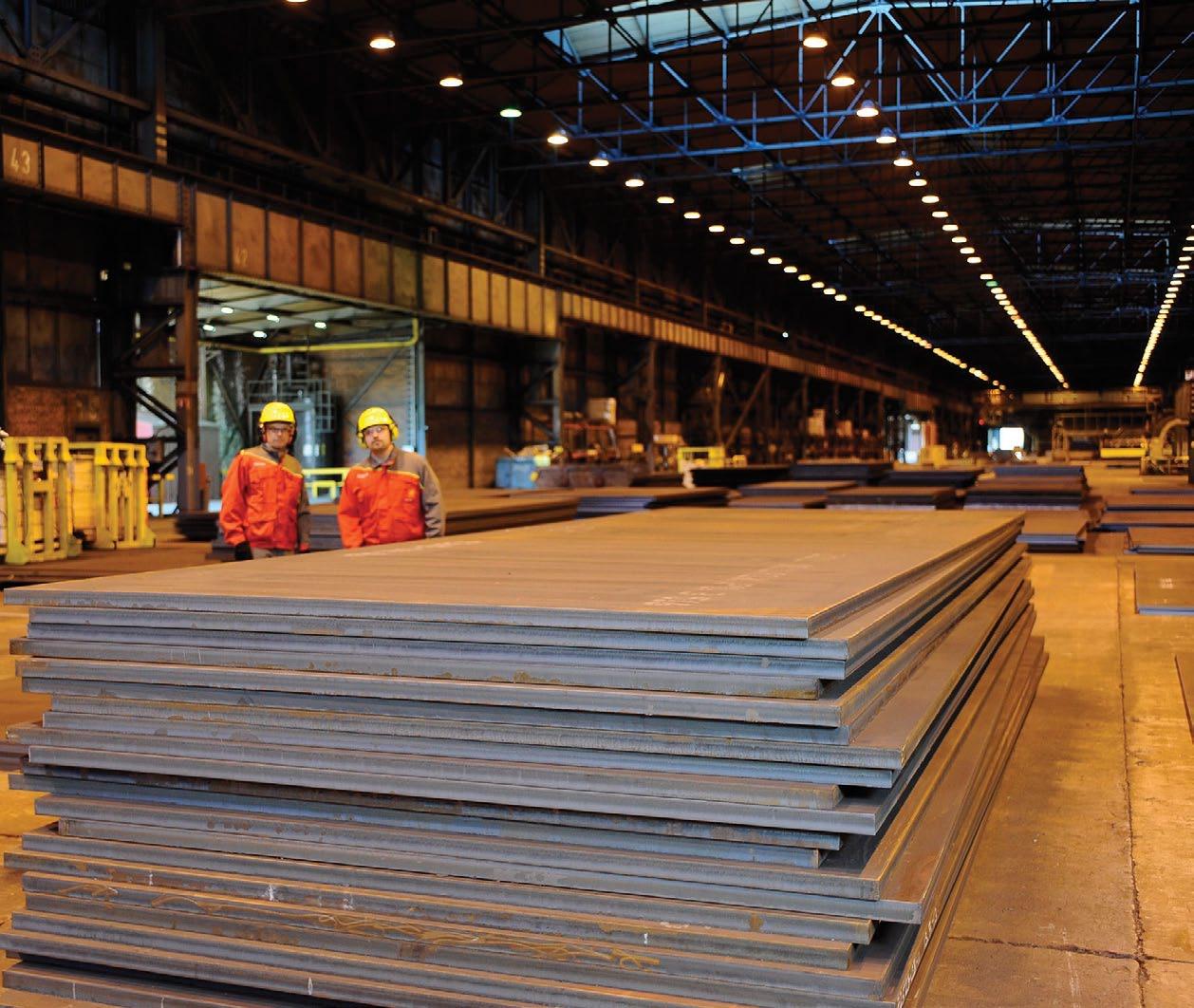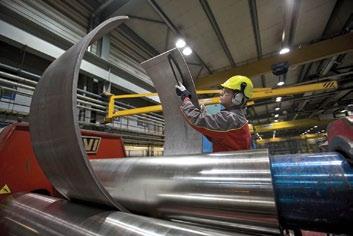
5 minute read
Delivering sustainable steel-cladding solutions
DELIVERING SuSTaINaBLE
STEEL-CLaDDING SoLuTIoNS
Ruukki is a global leader in the design and manufacture of energy-efficient steel construction products for a broad range of building and infrastructure applications. The company continues to expand, setting new standards in quality, efficiency and sustainability, as Philip Yorke reports.



Ruukki was founded in Finland in 1960 by the Finnish government in association with a number of leading Finnish industrials. The reason behind this cooperative venture was to ensure the availability of raw materials for the Finnish shipbuilding industry as well as for other steel-dependent industries.
With its early commitment to quality and innovation, Ruukki was the first company in the western hemisphere to produce steel using the cost-efficient ‘continuous casting’ method. The success that the company enjoyed as a result of this innovation was exceptional and, following major investments in new plant and technology, the company expanded into the construction business.
Today Ruukki manufactures and markets energy-efficient and sustainable building and construction materials and solutions, with a focus on northern and eastern Europe. The company currently employs over 2500 people and operates 15 state-of-the-art production facilities spread throughout Europe. In 2016 Ruukki recorded sales of over €556 million.
Currently Ruukki’s product portfolio includes both its well-known Ruukki and Plannja brands, which are available through its broad professional dealer network and extensive number of customer service points.
Bridging the technology gap
Ruukki’s vision is to become the leading global provider of energyefficient steel solutions in order to build a better living environment for all. Today Ruukki is responding to the increasing demand for greater energy efficiency and sustainability, which is driving its commitment to produce more innovative, energy-efficient steel solutions. The overall objective is to significantly cut energy costs throughout the life-cycle of all its construction products. The company offers a broad portfolio of engineering products, including building solutions, infrastructure solutions, steel products, steel cladding products and stainless steel and aluminium products.
Some of Europe’s biggest engineering projects continue to benefit from Ruukki’s unrivalled construction technology. The latest in a long line is the supply of special steel structures for one of Europe’s largest bridges. Ruukki Construction recently announced that it is to supply the load-bearing steel structures for the Jaanevirta bridge, which will span the Saimaa deep water channel at the boundary with Kuopio and the municipality of Siilinjarvi in Finland. The company’s contribution also includes the installation of the huge load-bearing structures. When completed the new bridge will be 15 metres wide and over 560 metres long.
“The sheer size of the bridge means that the steel structures involved are necessarily large and require heavy-duty technology in both the manufacturing and installation procedures. Ruukki has broad experience gained in the completion of many similar major bridge construction projects.”
Ruukki is supplying a total of 2430 tonnes of specially treated load-bearing steel structures for the bridge. These vast structures






are being manufactured at Ruukki’s plant in Ylivieska, which specialises in the manufacture and installation of such steel structures used in the construction of large buildings and bridges.
The modern Jaanevirta bridge has been commissioned by the Finnish Transport Agency and construction of the new bridge started in October last year. Ruukki began constructing the steel structures in January this year. Installation work will begin in April and is scheduled for completion by the end of 2018.
Advanced energy efficiency at work
In the building components sector, Ruukki’s energy-efficient steels are at work in steel frame structures, steel pile foundations, façade claddings, load-bearing sheets and pre-fabricated roof elements. Ruuki’s commitment to innovation is also contributing to many major road and bridge infrastructure projects. Its coils, sheets and plates include hot- and cold-rolled steels, colour coated steels and metal coated steels.
Precision tubes, pipes and hollow steel sections are also created by Ruukki to optimise energy efficiency and are the result of the company’s on-going investments in new manufacturing processes and its firm commitment to R&D.


leading the field in environmental management
As one of the world’s largest companies in its field, Ruukki takes its responsibilities concerning protection of the environment very seriously. A company spokesman said, “Improving energy efficiency is one of the most cost-effective ways to combat climate change. We aim to provide our customers with environmentally effective solutions and to continuously improve the level of environmental protection and energy efficiency of our operations.
“As a fully recyclable material, steel forms a good base for energy efficient construction solutions. Our recyclable, wear resistant, and highstrength special steel products improve the material efficiency of lifting, handling and transportation equipment and reduce energy consumption.”
Energy efficiency is systematically promoted at all Ruukki’s production sites as part of its ISO 14001 environmental management programme. Each and every person at Ruukki is responsible for their own environmental performance. In-house training provides employees with the means to manage the environmental impacts of their jobs. The company also encourages its subcontractors to take environmental issues into account during their own business operations. In addition, Ruukki constantly evaluates the impacts of its ‘logistical’ supply chain. By optimising transport routes and schedules, unnecessary transportation can be avoided and thereby minimise energy consumption. n
For further details of Ruukki’s innovative steel products and services visit: www.ruukki.com












